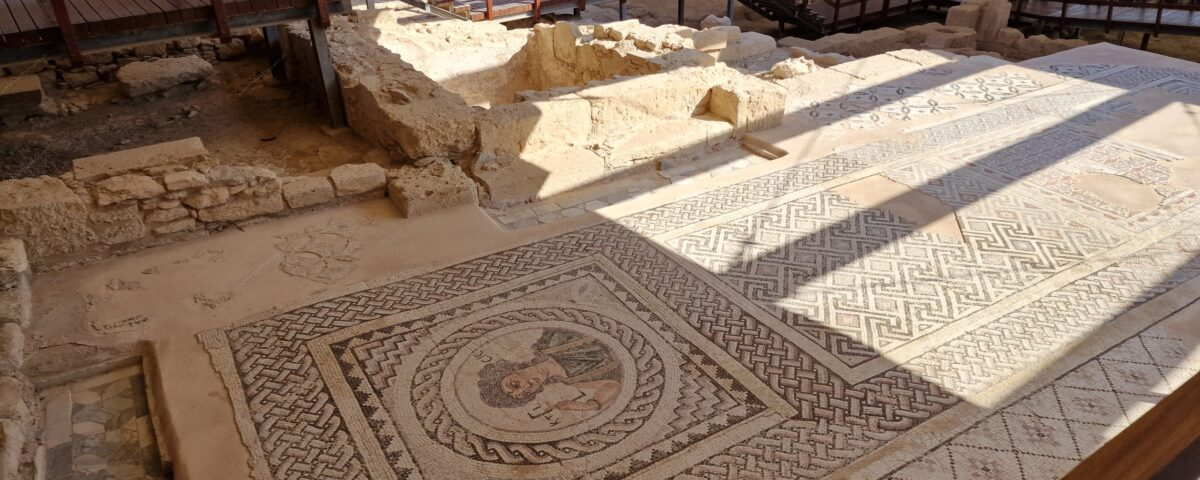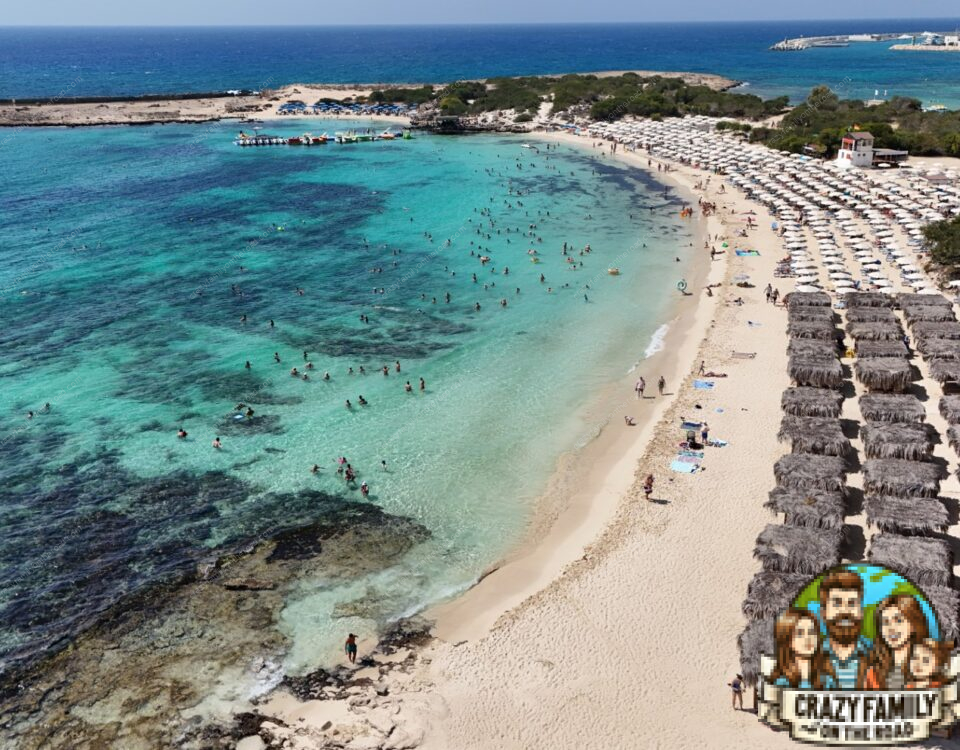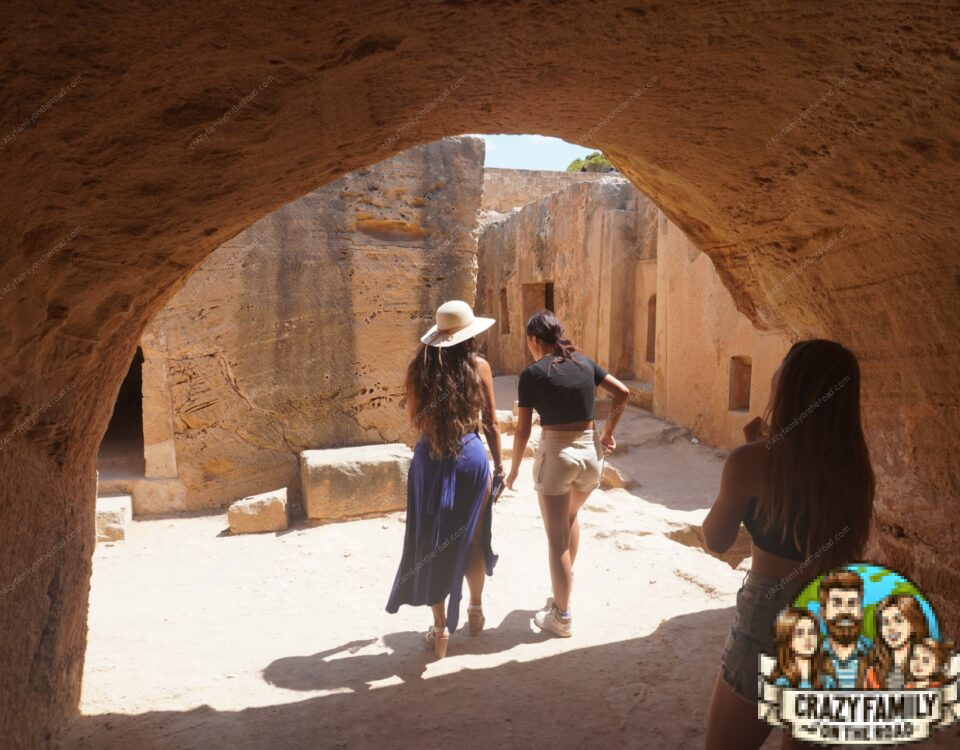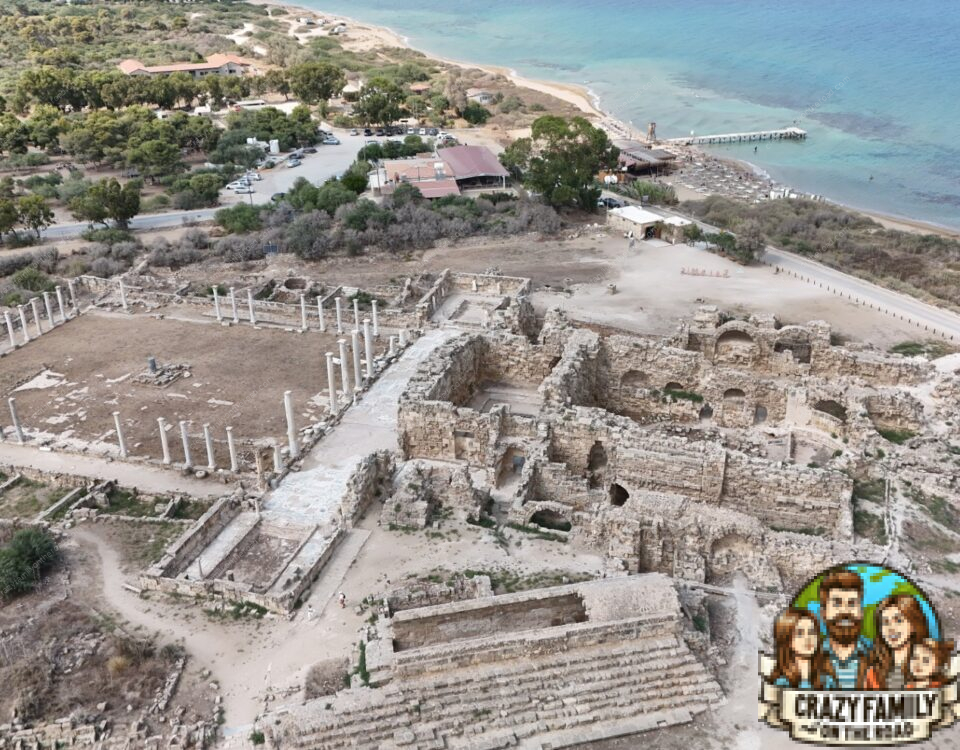
Konnos beach – experience of a lifetime
24. September 2024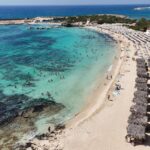
The most beautiful beaches of Cyprus
29. September 2024Kourion: An ancient city full of history
Kourion, which is one of the most important archaeological sites in Cyprus, is located on the southwest coast of the island near the city of Limassol. Thanks to its strategic location on top of a cliff overlooking the sea, it served both an important defensive and commercial function. Furthermore, Kourion is a place where history mixes with scenery, immediately immersing you in the atmosphere of ancient times. In addition, this important Greco-Roman city has been inhabited since the Neolithic period, and its remains today provide an amazing insight into the flowering of culture, art, and religion during antiquity.
The site consists of three different areas. First, there is the Archaeological Park. Secondly, also for a fee, is the Temple of Apollo Hylates, and lastly, the third area, which is free of charge, is the stadium. Since the distances between them are approximately 3 kilometres, using a car is the best way to get around.
Kourion Archaeological Park
Just after the entrance, once you’ve bought your tickets, you will find a map of the area. Be sure to study it carefully, as the signage is quite confusing. In fact, we ended up spinning around twice because we missed half of the area the first time. Fortunately, we didn’t mind, and with the help of Google Maps, we discovered that the other sights we were interested in are also located in this area. Tickets cost €6, and kids get in for free.

House of Eustolia
Our steps then led us towards the first important monument – the Eustolium House.
Notably, the House of Eustolius served as the residence of a wealthy citizen of Kourion in the 5th century AD. Moreover, this complex consisted of several rooms, with its greatest attraction being the magnificent floor mosaics.
But that’s not all. The owner designed the house so that every morning it provides a magnificent view of the sea and the beach it washes. As a result, this view is truly breathtaking.
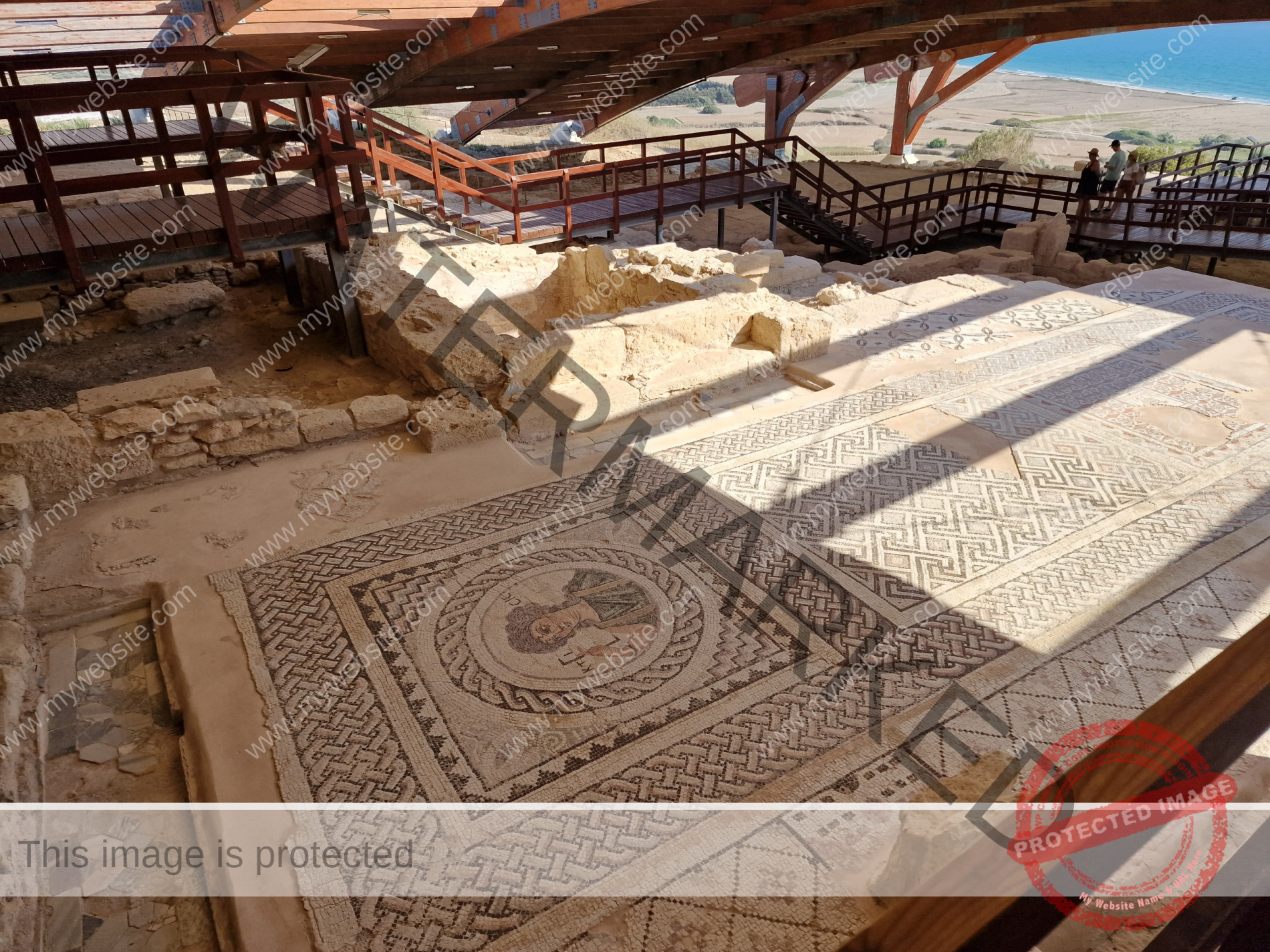
Amphitheatre
From there, our steps continued towards the sea, where one of the jewels of the park – the amphitheatre – was waiting for us.
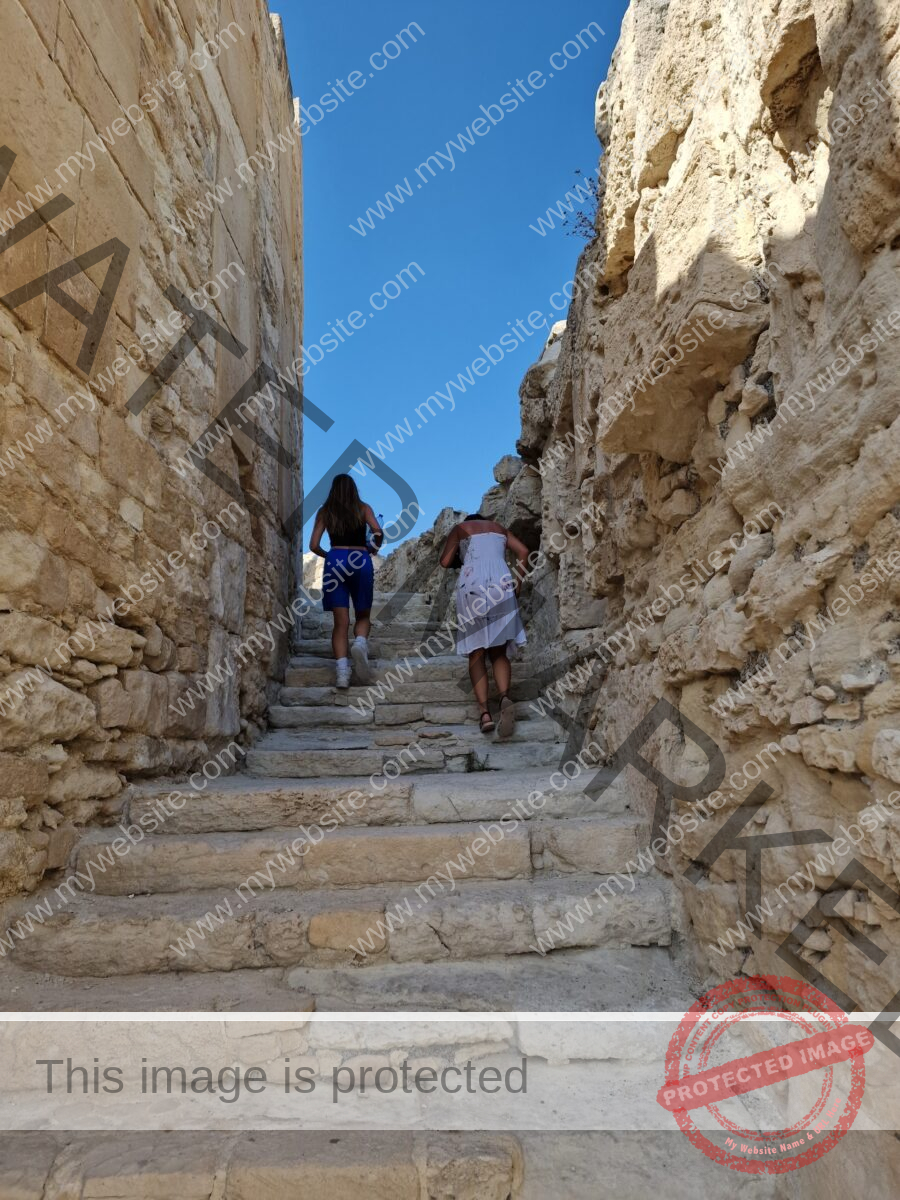
Built in the 2nd century BC, this incredible structure was used for a whole host of amazing performances, including plays and musicals. At that time, the original capacity of the magnificent amphitheatre was approximately 3,500 spectators! Additionally, its location on top of the cliff offers an incredible view of the sea, creating a truly unique atmosphere during the events held there. Even today, the amphitheatre is alive with the sound of music and the rhythm of theatre, hosting a vibrant array of cultural events that breathe new life into these ancient walls.

Naturally, Daddy and Katya decided to try gladiatorial games, even though they never took place here. As a result, the outcome was more of a comedy that even Menandros would not be ashamed of. Consequently, the children enjoyed this part very much and had a lot of fun with it.
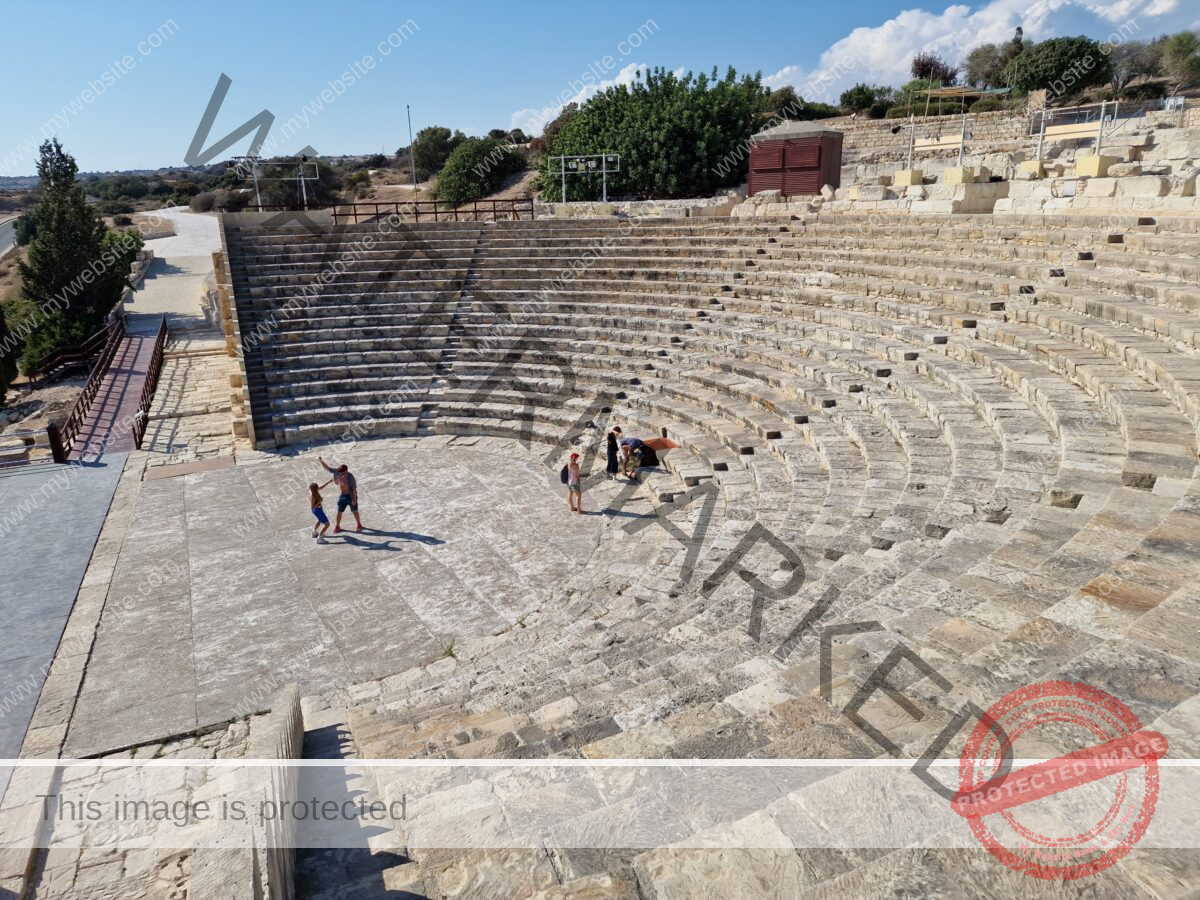
If you want to continue to the other monuments, you have to go in the opposite direction from the entrance. Along the way, there is a lone tree between the theatre and the visitor centre. From this point, cross the asphalt road, and after about 50 meters, you will find the spire with the other monuments. Notably, the first one you come across is the Agora.
Agora
The agora, or marketplace, was the beating heart of ancient cities, where social and commercial life flourished. Interestingly, this incredible structure dates back to the 3rd century AD and served as a key meeting place for the city’s inhabitants. Surrounding it, the magnificent Corinthian-style columns house a plethora of shops and public buildings.
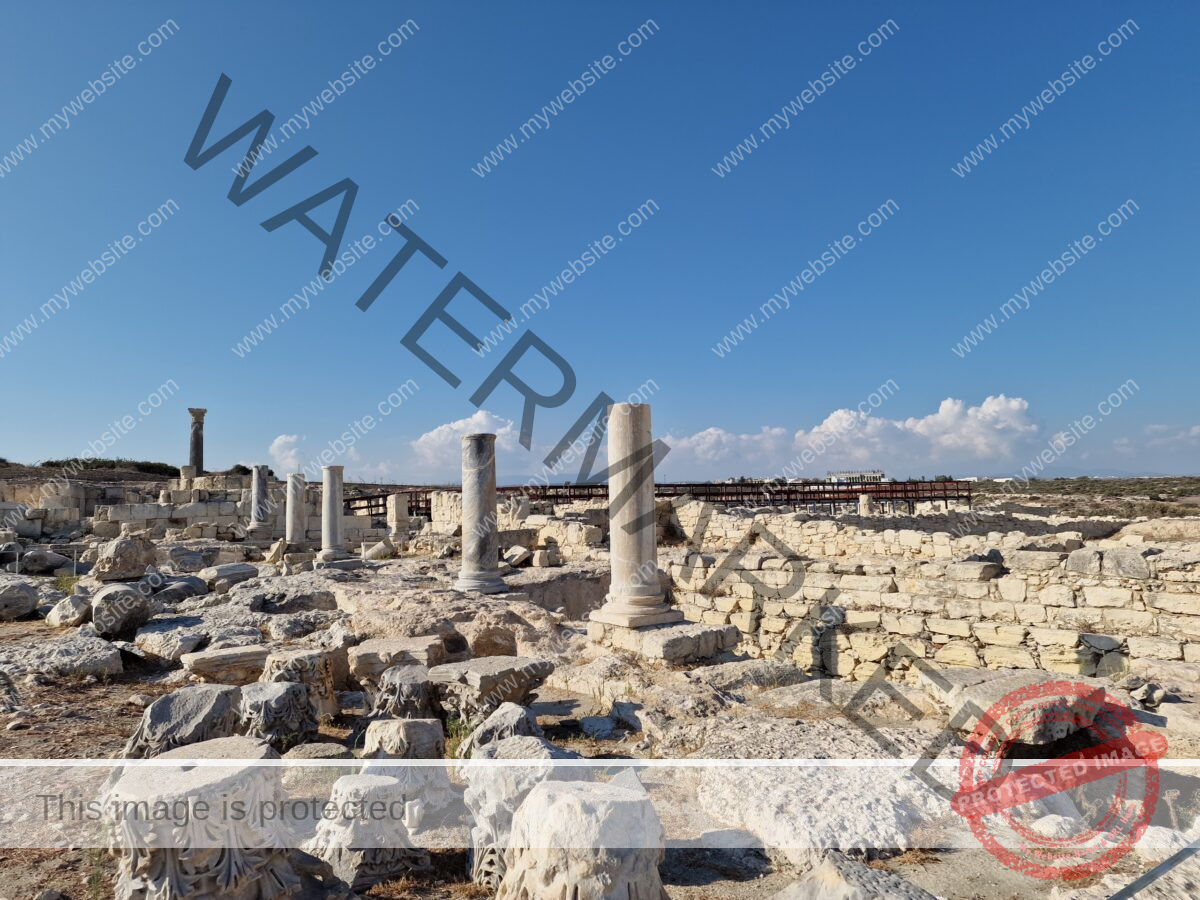
On your way to the Agora, you’ll come across the Nymphaeum. Although today it only looks like a pillar, it was actually a fountain that once served as a source of water for the residents and merchants of this bustling place. In fact, the name comes from the Greek word “nympha,” referring to the deity of water.
This structure was decorated with marble statues and richly carved details, and the water from the fountain may have symbolized abundance and wealth. Moreover, the importance of the Nymphaeum lay not only in its functional role as a source of water, but also as a cult site where sacrificial rituals were performed in honor of the nymphs, the divine protectors of springs and water sources.
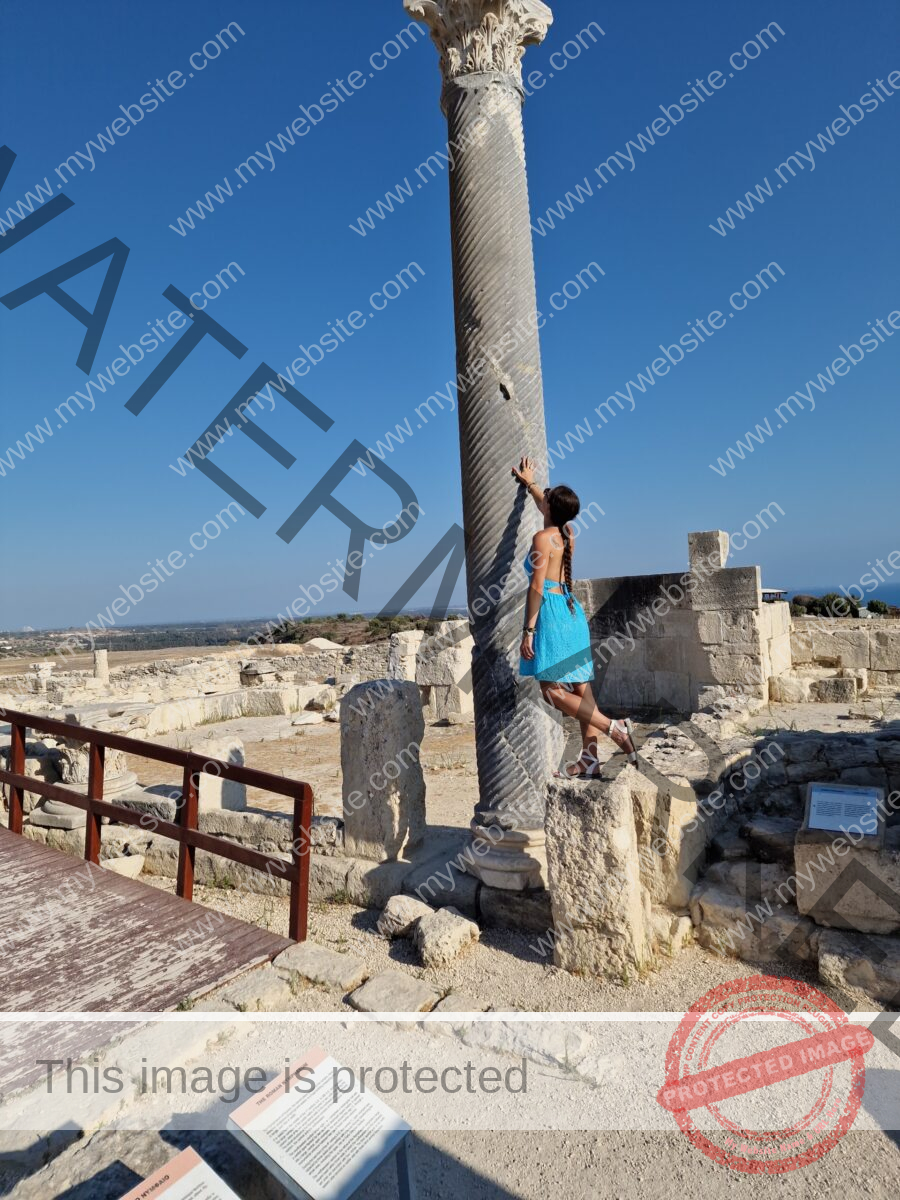
From there, the path takes you through various fascinating ruins of buildings, offering a wonderful insight into what they might have looked like in their heyday! Amazingly, you can still see the pools that belonged to some of the villas, and more often than not, you’ll come across the remains of the domestic and public baths that surrounded the Agora!
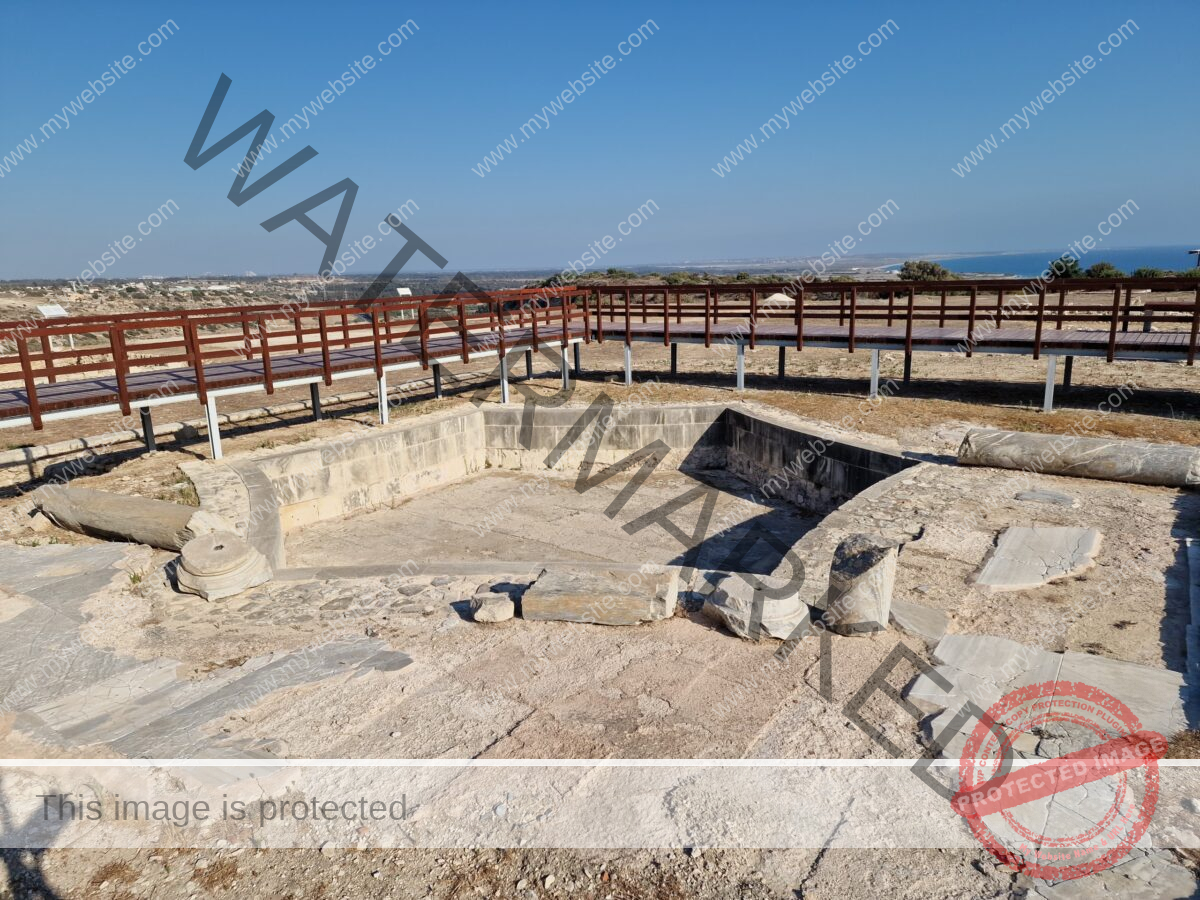
House of Gladiators
From the Agora, you can reach the House of the Gladiators, which dates back to the 3rd century. It gets its name from the fascinating mosaics depicting gladiatorial fights. In fact, these floor mosaics are among the best preserved in Kourion and are some of the rarest on the island. What’s more, they depict gladiators with names, providing a rare glimpse into the ancient world of entertainment and duels.
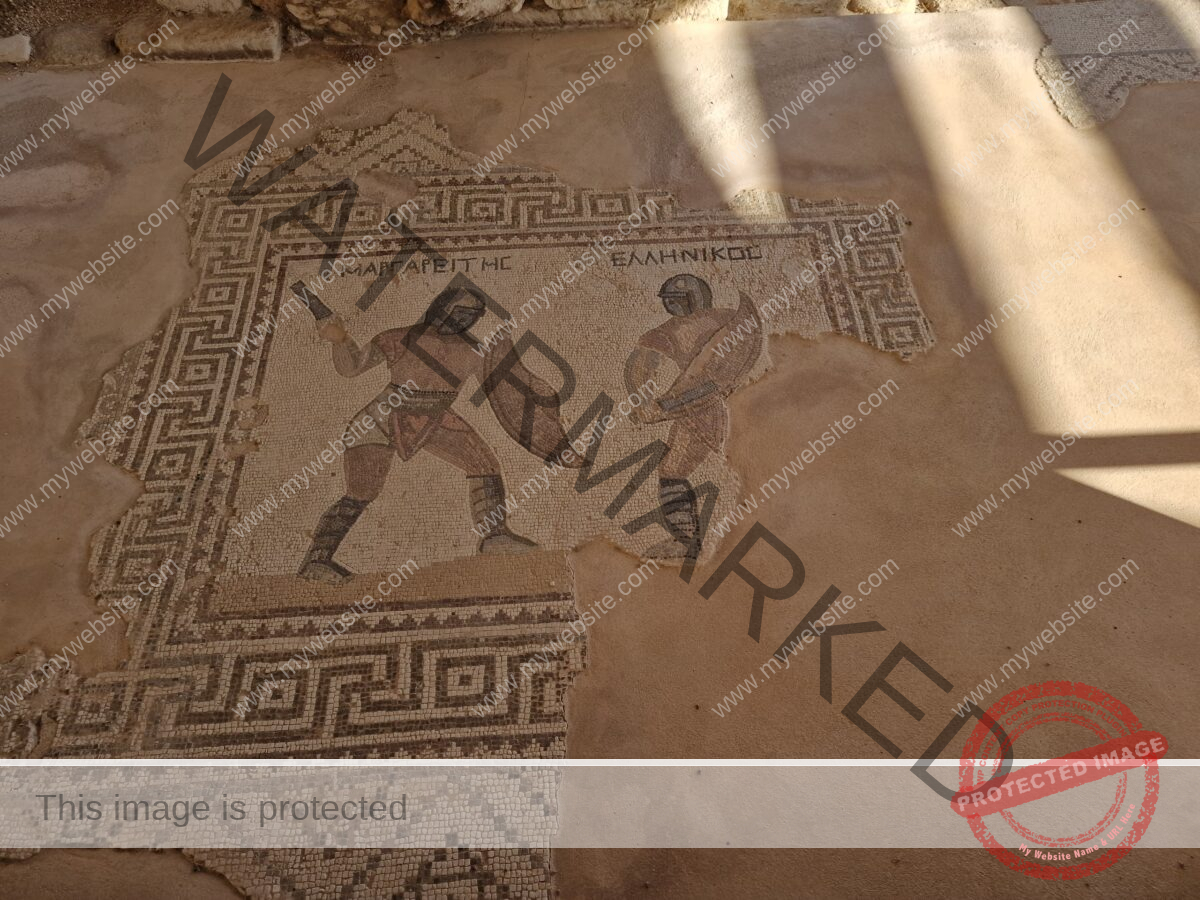
House of Achilles
The most distant, but not the last monument is the House of Achilles. It takes about a minute to reach it, and behind it you will see the closed gate that marks the end of the park.
The House of Achilles gets its name from the mosaic depicting the famous Greek hero. This particular mosaic illustrates the moment when Achilles reveals his true identity at the court of King Lycomedes.
The house, which once belonged to a prominent citizen, showcases the lifestyle of the upper class and the interest in Greek mythology at the time. Even now, the floors are still decorated with fine mosaics, which have survived in surprisingly good condition. Honestly, I probably wouldn’t have recognized Achilles if his name hadn’t been written there .
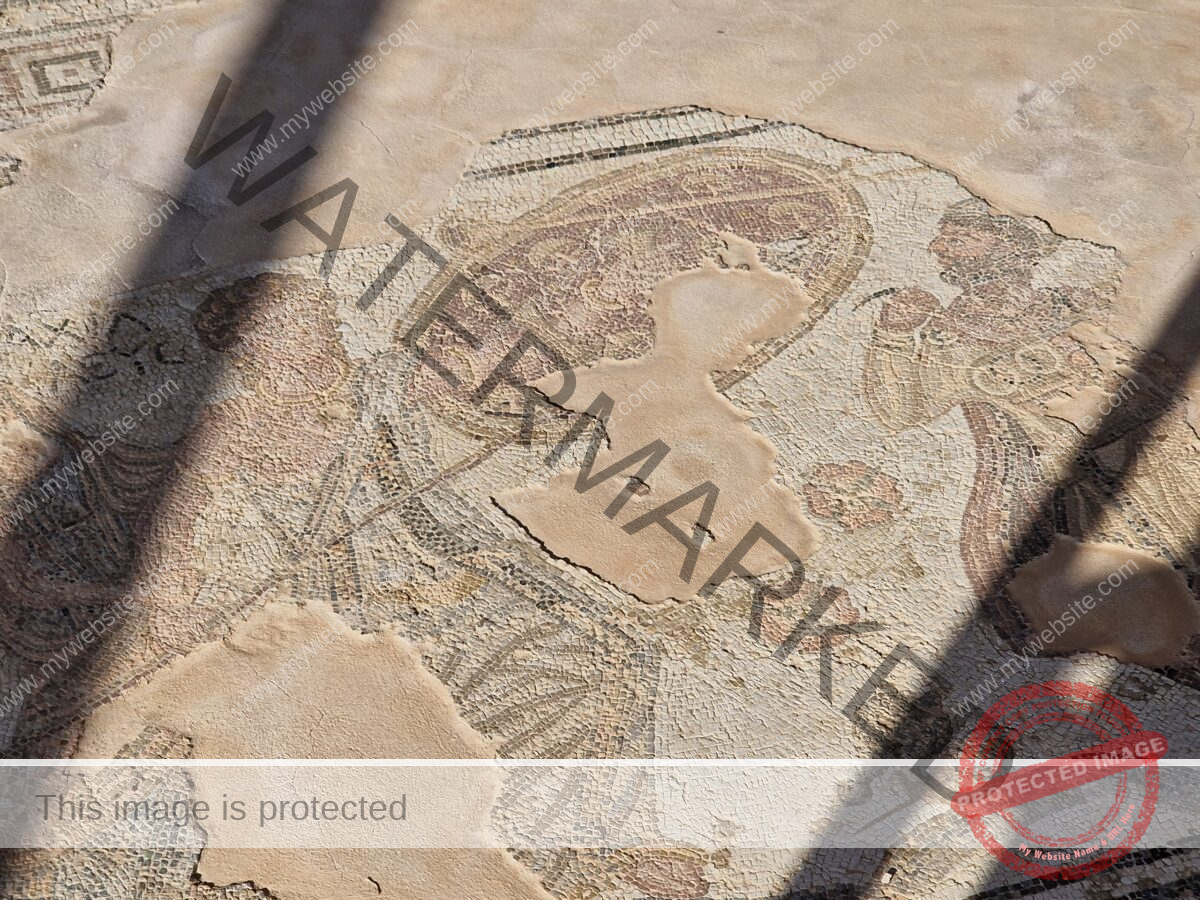
Basilica
As you make your way to the exit, you’ll come across the fascinating ruins of an ancient basilica, one of the oldest and most impressive Christian buildings on the island! This incredible structure, built in the 5th century AD, served as the main religious center for the town’s inhabitants. The basilica was three-aisled and constructed from exquisite marble, adorned with intricate mosaics. Even today, the ruins of this ancient basilica still stand, offering a remarkable insight into its original size and architectural style. Indeed, they are a testament to the rich history of the Eastern Byzantine churches.
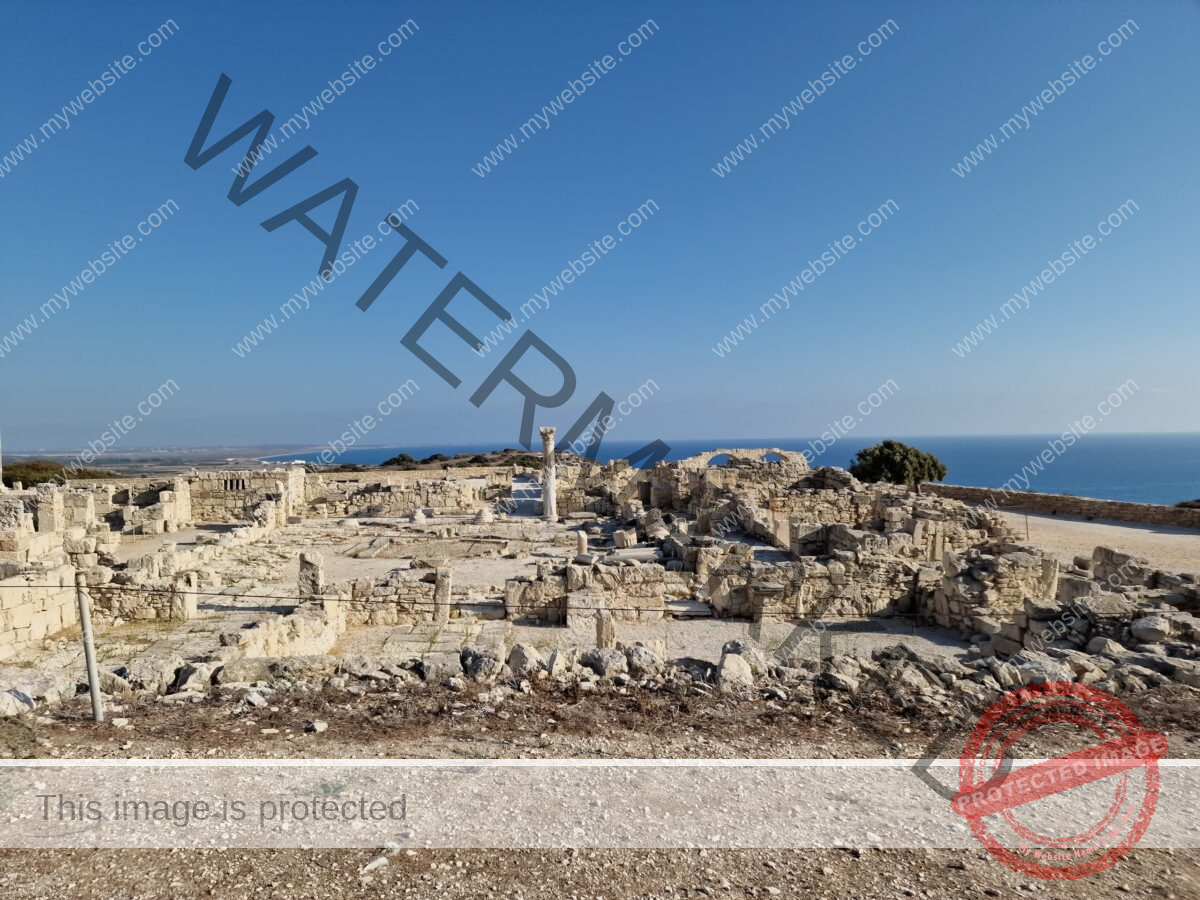
Although there are no mosaics, the ruins are surprisingly well preserved and you can easily get a picture of what it probably looked like. And she was really huge.

Once you’ve finished, just head slowly towards the exit. At that point, you can decide whether you want to visit other parks. If you’re a history lover, you absolutely have to see the Temple of Apollo Hylates! In just a five-minute drive, you can reach the city’s religious center by car—a fascinating place to discover!
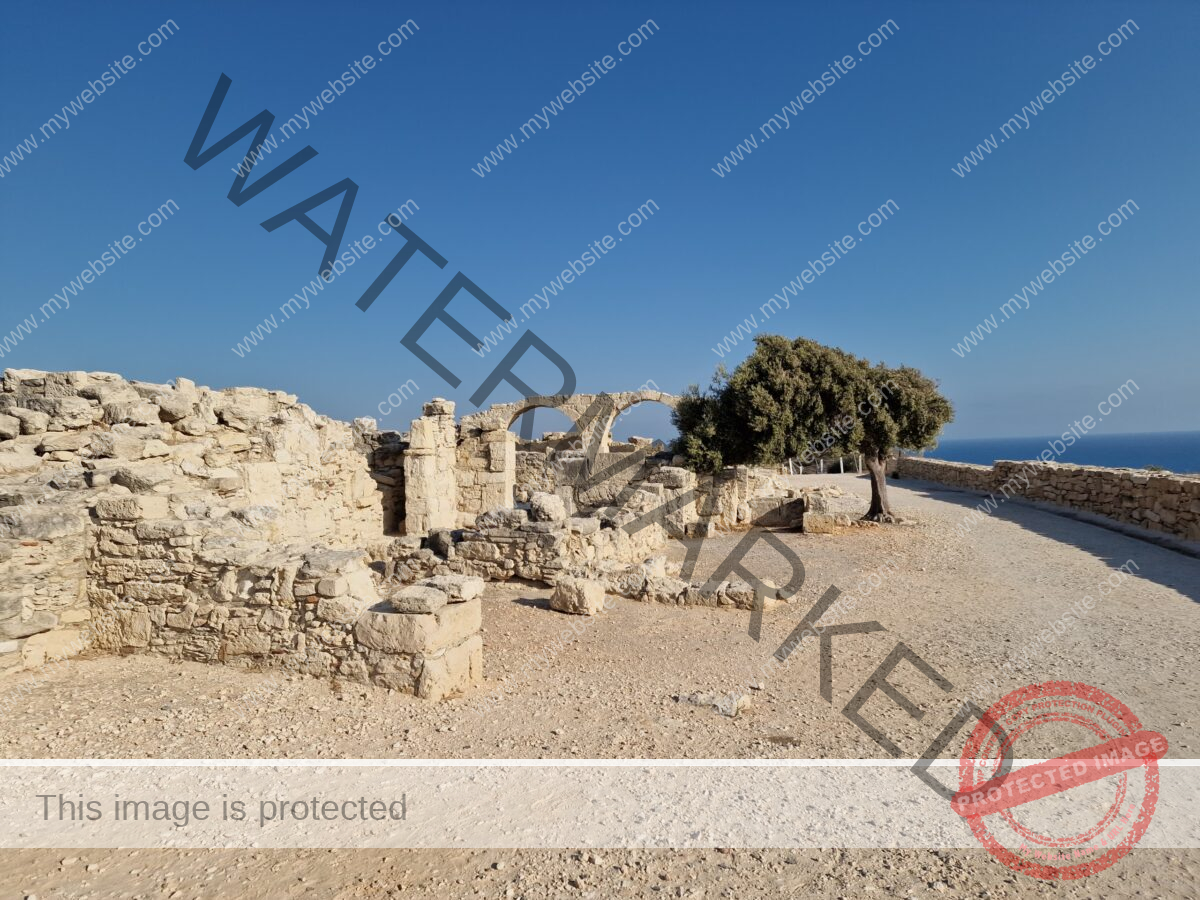
Temple of the god Apollo Hylat in Kournion
When you enter the grounds, you buy a ticket for 2€, and children get in for free. After that, you can continue exploring. If the kids have had enough, you can leave them at the ticket counter with the kitties. Ours didn’t move from there and were supervised the whole time .
The temple was one of the most important cult centers in Cyprus, dedicated to Apollo, the god of sun, light, and music. Interestingly, in Cyprus, Apollo was known as Hylatos, the “protector of the forests,” reflecting his connection with nature.
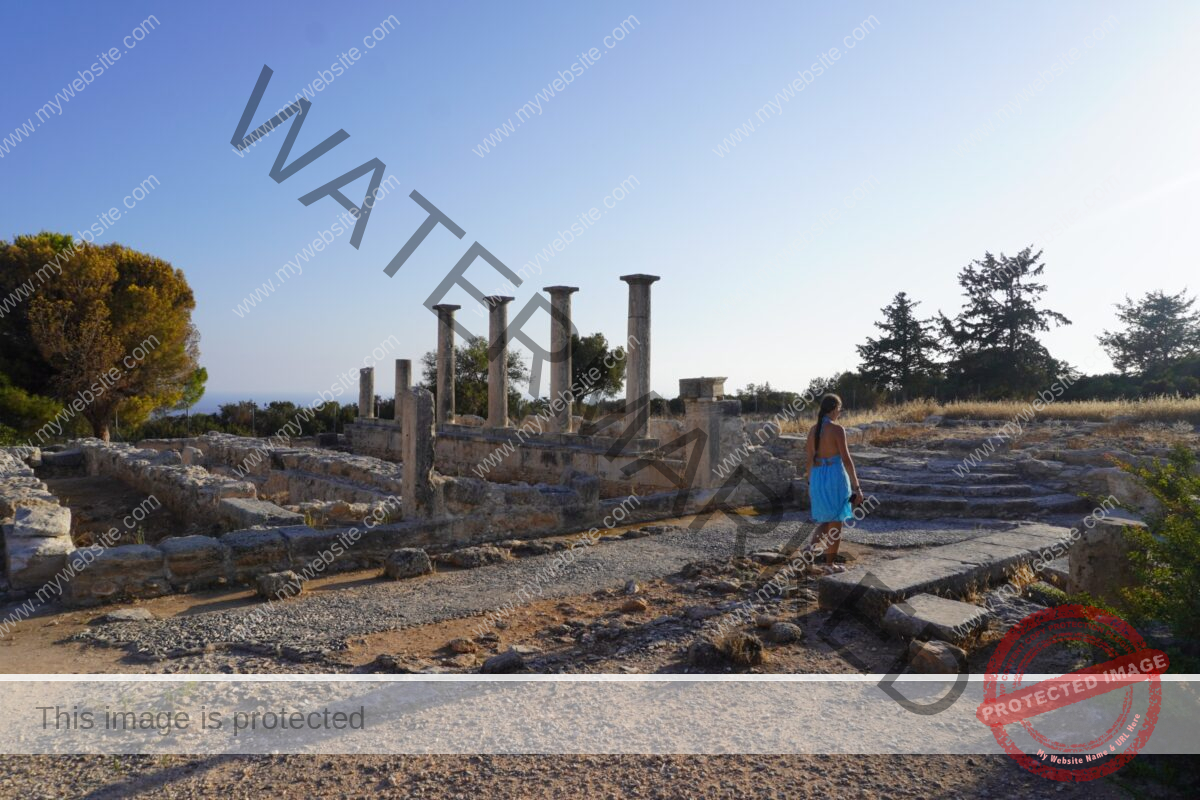
The magnificent temple complex was constructed in the 7th century BC and underwent several phases of construction, especially during the Hellenistic and Roman periods. During the Roman rule, it became a truly special place where pilgrims came from all over the island to pay homage to Apollo. Moreover, the temple was surrounded by a beautiful colonnade. In its center stood a magnificent tabernacle with a statue of the god.
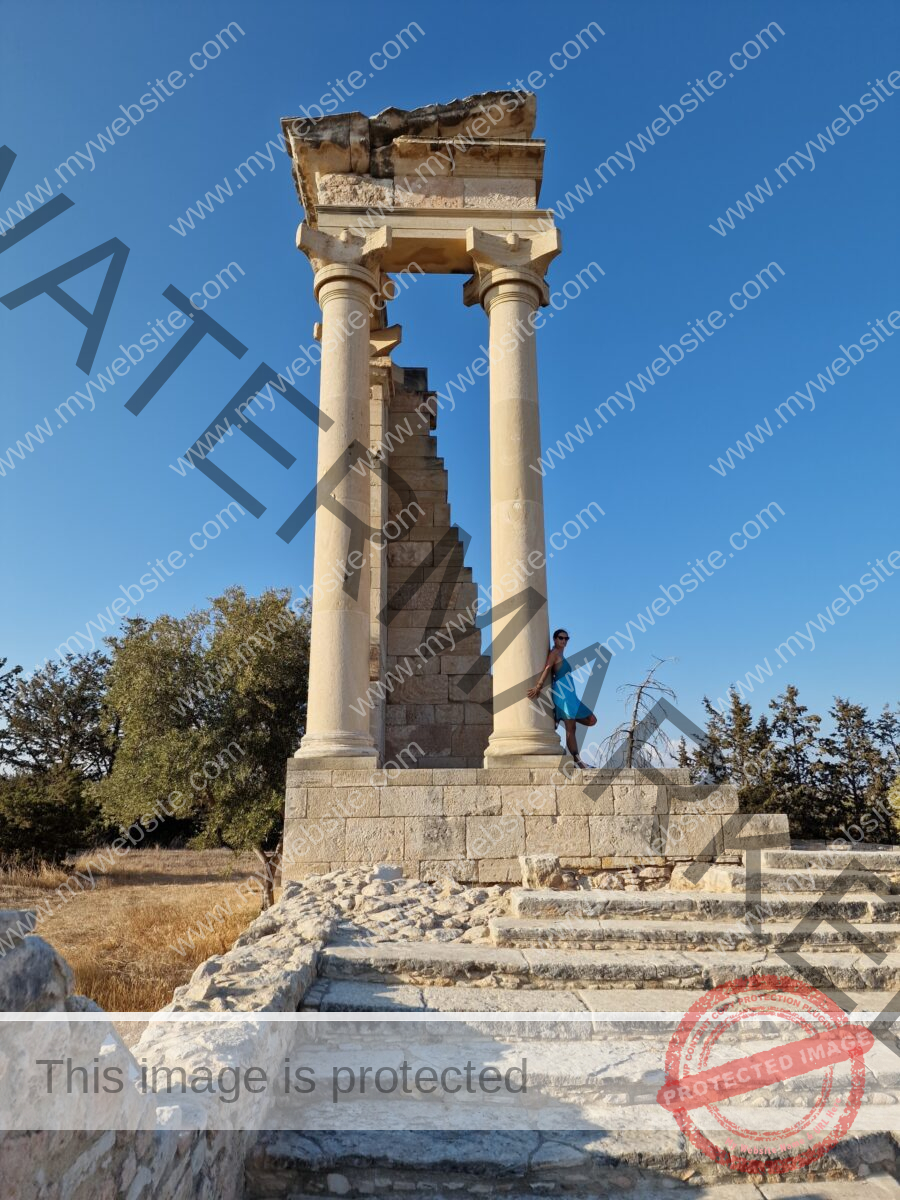
Roman baths and luxury villas in the complex are commonplace 😃.
Remarkable is the circular ground plan, which was probably used for ceremonies and of which not much has survived.
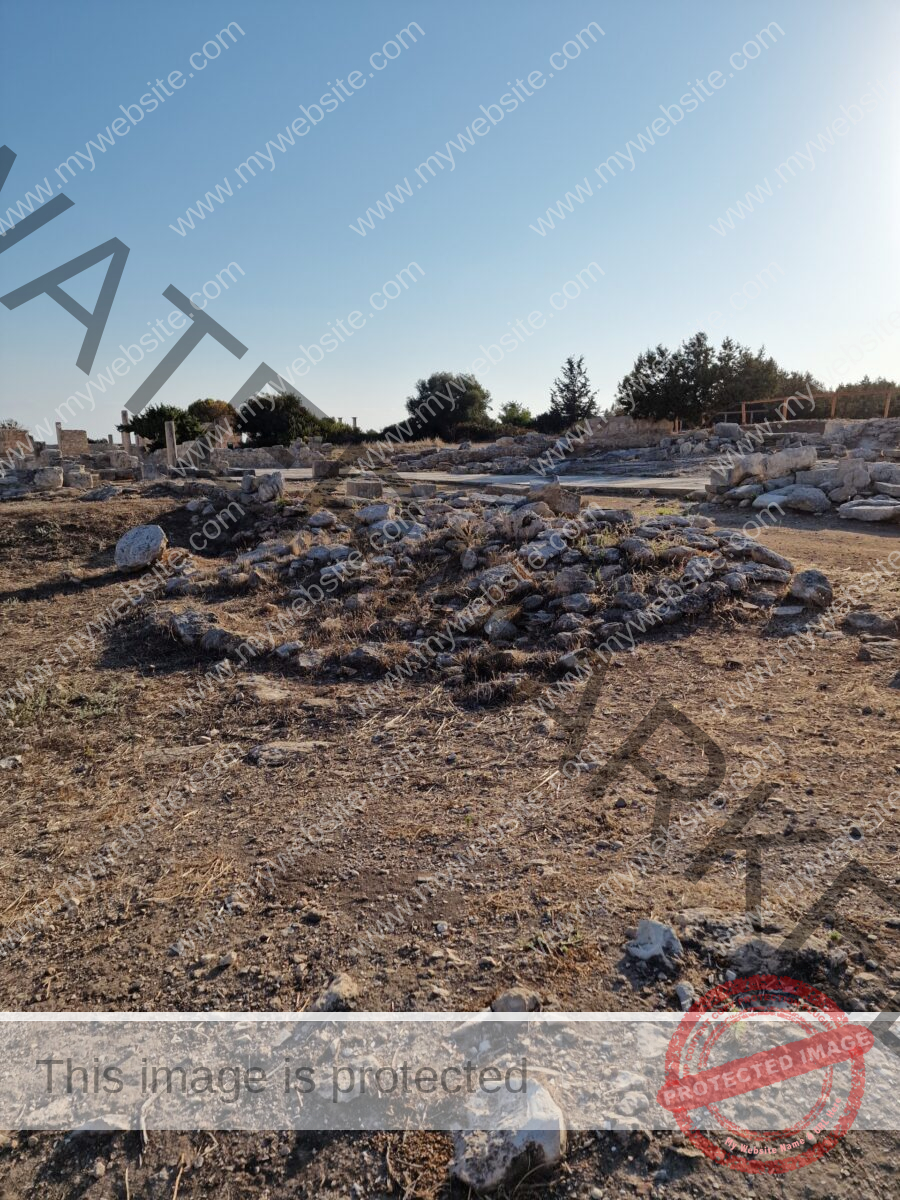
Building for priests
There were also buildings in the complex that were used for the accommodation of priests and pilgrims, as well as venues for the sports games that were held in honour of Apollo.The fantastic thing is that the main columns of the dormitories are still standing, which allows us to really get a sense of the size of the rooms and the individual buildings!

The buildings were extremely narrow, and you can still find openings where the doors were. Remarkably, this is not a very common occurrence considering how many centuries have passed.
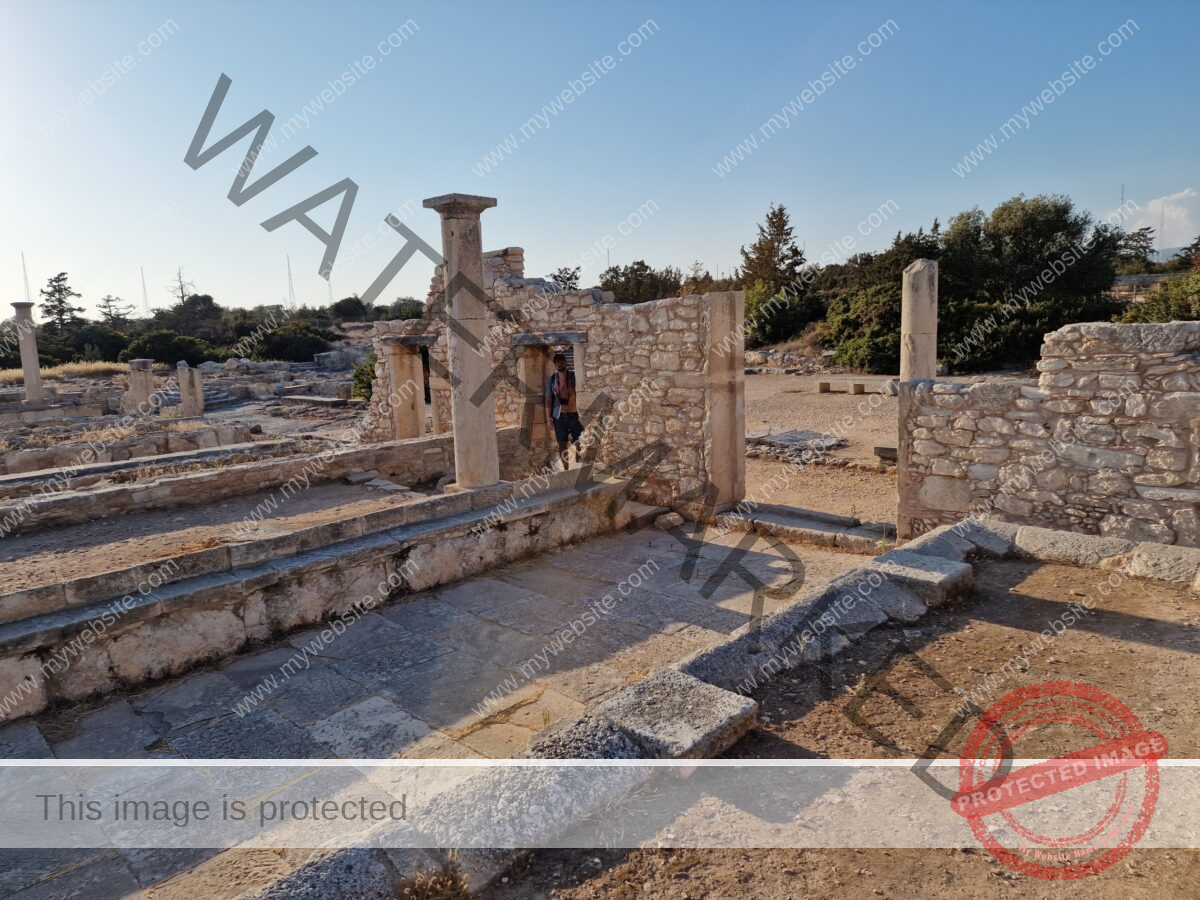
You can cover the area in 15-20 minutes if you have children. However, if you don’t, take your time, enjoy the views and the atmosphere of this sacred place.
But the last monument, which is free of charge and which lies a minute’s drive from the Temple of Apollo Hylatos, is the Stadium.
Stadium
The ancient stadium, built in the 2nd century AD, is located near the Temple of Apollo. Notably, it was up to 190 meters long and was used for various athletic events and games celebrating the god Apollo. Moreover, the capacity of the stadium was about 6,000 spectators, who could watch competitions ranging from running to wrestling to discus.

Here, the kids didn’t want to cooperate much, and we were turned down for the stadium competitions. Consequently, it was time for them to go hunt for dinner and some reward for a hard day of walking. Admittedly, they only had a chill at Pisouri Beach in the morning, then had to tackle a challenging hike to Zapallo Beach, and now faced 2 hours of “boring” sightseeing in Kourion .
How to get to Kourion
Kourion is easily accessible by bus, especially from nearby Limassol. Specifically, Line 16 runs directly to the archaeological park. Alternatively, you can take a taxi or rent a car, which provides more freedom to explore the surrounding area.
Buses are a cheap and convenient option, but if you want to visit the Temple of Apollo Hylat, you’ll have to walk. In our case, we rented a car for €260 for 10 days, which was the best option for our family. Throughout our stay, the car was always full, as we moved frequently during the first few days to avoid long transfers.
Kourion is perfectly situated right on the route from Paphos to Limassol, and it’s undoubtedly one of the largest and most significant historical towns in Cyprus! If you have the chance, you’ve got to stop here!


